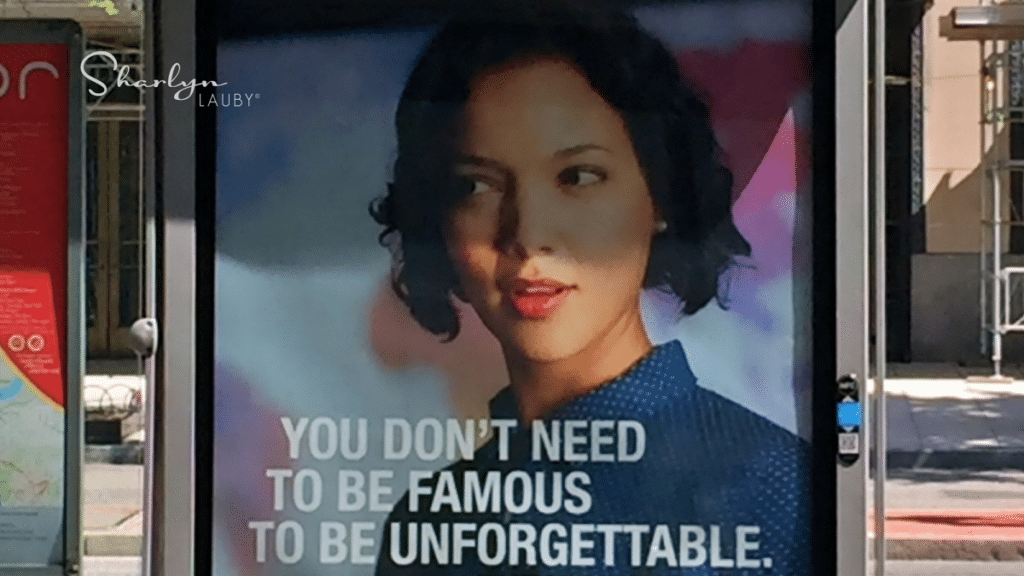The New Employee – Employer Social Contract

One of the workplace-related conversations that’s happening with more frequency is focused on how new technologies such as artificial intelligence and machine learning are changing jobs. There are people who say that computers are going to take away our jobs and others who say computers are going to create new and different jobs. I’m kinda sitting in the camp of “both”, meaning new technologies are going to eliminate some positions while at the same creating new opportunities.
But it has occurred to me that the jobs conversation is only one piece of it. I just finished reading Peter Weddle’s book, “Circa 2118: What Humans Will Do When Machines Take Over” while at the same time, taking the massive open online course (MOOC) from MIT on “Shaping Work of the Future”. While Weddle and MIT don’t always agree on the future, I must admit that I enjoyed experiencing these two different views at the same time. It helped me to realize that new technologies are changing not only jobs but the employee / employer social contract.
For many decades, the employee / employer social contract has been about employees receiving a living wage in exchange for their work. And in turn, this would help employees achieve a stable life. That philosophy is changing, because of society which includes technology.
Work is becoming – if it’s not already – a social interaction. What happens to us at work impacts our well-being. This means the entities that influence what work looks like need to change to keep up with the times. For example, when it comes to technology:
Businesses can make investments in technology to benefit the operation. Organizations can use technology to make decisions and augment work. And the strategic use of technology can increase the profit line, allowing organizations to provide a better employee value proposition (EVP).
Education can shift toward a “lifelong education for all” not just in schools but for organizations. Individuals must continue to own their career development. This includes not just taking classes but learning how to identify skill needs like an increased focused on collaborative skill building as well as learning how to fail.
Government can be a catalyst for innovation. They can reduce bureaucracy, encourage public and private partnerships, be more open to invocation and change. Their efforts can be a catalyst for reducing global issues such as income inequality.
Labor can be agile, modern, flexible, and adopt a focus on career advocacy. We’re not talking about our parents’ unions. Unions have an opportunity to be strategic partners with business versus adversaries and help organizations achieve their goals.
Technology advancements are shaped by us, so we do have influence into the future of jobs. As HR pros, we need to be sure that the jobs we’re creating have quality. Jobs will still exist in the new technological environment and we know that the look of those jobs will be different. That includes what skills will be required. Better education is a must. But this means that with better jobs, better pay must come along with it.
We have an opportunity to educate people on how to see and manage this big business altering change. We can do that by adopting more of a both/and (versus an either/or) approach. Both at a business level as well as with individuals. Our goal shouldn’t be to become “robot proof”. In fact, the goal might be to collaborate with robots. Think of it as working with Janet to get out of the “bad place” instead of fighting with Janet. (Can you tell I’ve been binge watching “The Good Place”? ha.ha.)
I know this is a big bundle to unpack and I admit that I don’t have all the answers. I do know that technology is changing work. All technologies aren’t necessarily great for business and we need to make sure technology works to realize its full benefit. We also have to ask ourselves, “Is the new social contract realistic?” HR professionals will want to keep technological trends on their radar and proactively develop an opinion about them before being forced to react to whatever is happening.
Image captured by Sharlyn Lauby after speaking at the SHRM Annual Conference in Washington, DC
18